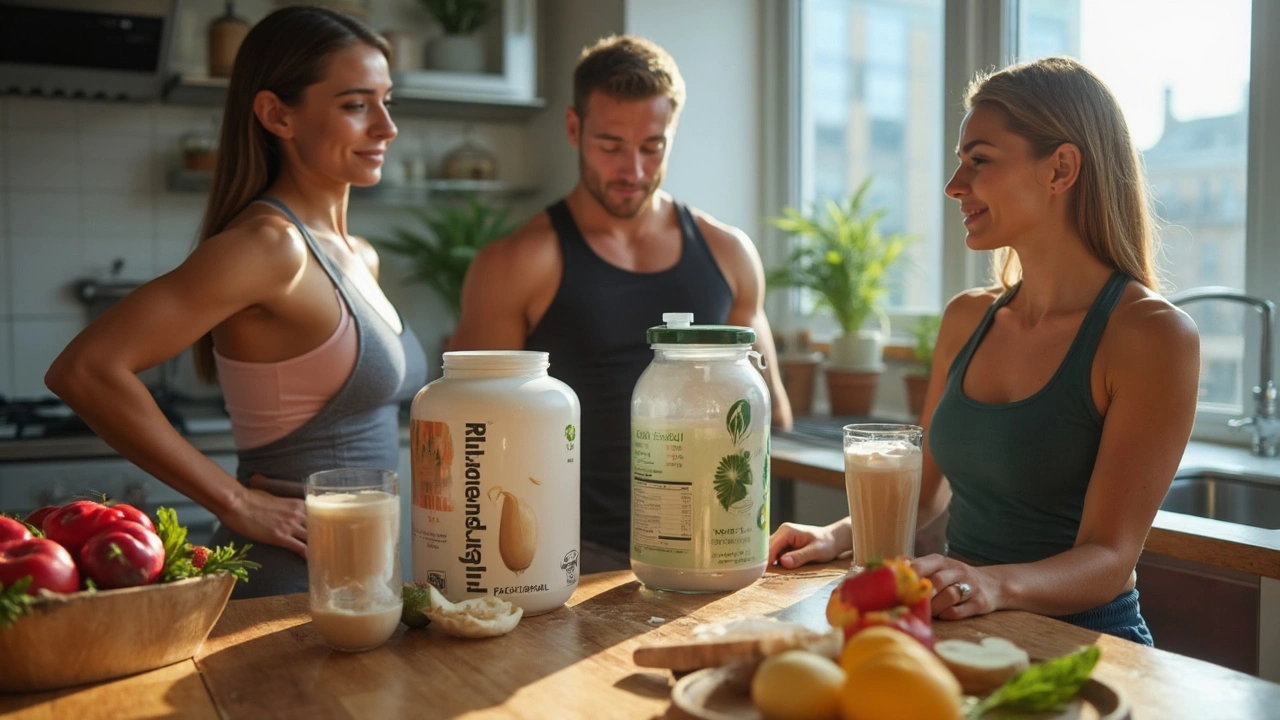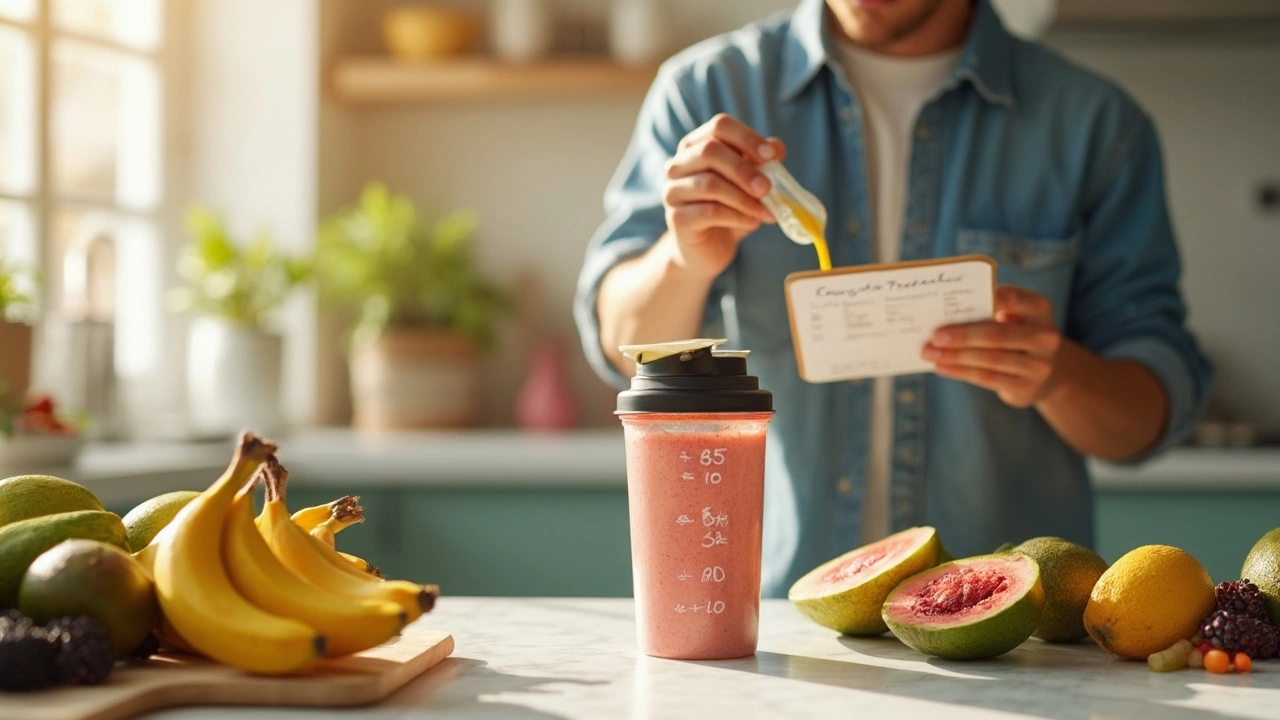If you’re looking to add more protein without meat, plant‑based options are the answer. They’re cheap, easy to find, and work just as well for building muscle, losing weight, or simply staying full throughout the day. Below you’ll learn the top sources, how much you actually need, and quick ways to mix them into any meal.
Legumes top the list – think lentils, chickpeas and beans. A cup of cooked lentils delivers about 18 g of protein and a hefty dose of fiber. Tofu and tempeh are soy‑based powerhouses; a 100‑g block of firm tofu gives roughly 8 g, while tempeh pushes that to 19 g. Don’t forget nuts and seeds – a handful of almonds adds 6 g, and two tablespoons of chia seeds bring 4 g plus omega‑3 fats.
Grains can surprise you. Quinoa isn’t just a carb; it’s a complete protein with about 8 g per cup. Buckwheat, farro and even whole‑grain breads contribute modest amounts while keeping meals interesting. For those who want a quick shake, pea‑protein powder mixes well with water, oat milk, or smoothies and gives 20‑25 g per scoop.
Most adults thrive on 0.8 g of protein per kilogram of body weight. If you’re active or trying to gain muscle, aim for 1.2‑1.6 g/kg. That means a 70‑kg person should target 84‑112 g daily. Splitting that across three meals and a snack keeps digestion smooth and keeps hunger at bay.
One easy way to hit the target: add a protein‑rich side to each meal. Example – lentil soup for lunch, tofu stir‑fry for dinner, and a handful of mixed nuts as an afternoon snack. You’ll hit around 90 g without feeling like you’re forcing protein into your diet.
Mixing plant proteins is key because most plants lack one or two essential amino acids. Pair beans with rice, hummus with whole‑grain pita, or peanut butter on oat toast, and you’ll get a full amino‑acid profile. No need for fancy calculations – just vary your sources.
For quick meals, try a “protein bowl”: start with a base of quinoa, top with roasted chickpeas, fresh veggies, a drizzle of tahini, and sprinkle pumpkin seeds. In under 10 minutes you have a balanced plate that covers protein, carbs, healthy fats and micronutrients.
If you’re new to plant protein, start by swapping one animal protein a day with a plant alternative. Replace chicken in a salad with grilled tempeh, or use black‑bean burgers instead of beef patties. Over a week you’ll notice steadier energy levels and less bloating.

Cutting through all the hype, this article breaks down which protein shake actually helps most with weight loss. Comparing whey, casein, and plant-based options, you'll get clear answers on what works and why. Expect no fluff—just real tips, facts, and some surprising details about how your body deals with different kinds of protein. The article even shares smart ways to get the most out of your shake. If you're tired of confusing diets, you'll want to read this before heading to the supplement aisle.
READ
Ever wondered if your favorite fruits could help boost your protein intake? This article breaks down which fruits actually have the most protein and how you can mix them into your protein shake routine. Expect practical tips, a few surprises, and a real look at how fruit stacks up against other sources. Find protein shake ideas that work for your taste buds and fitness goals. Skip the hype—just honest facts and doable advice.
READ